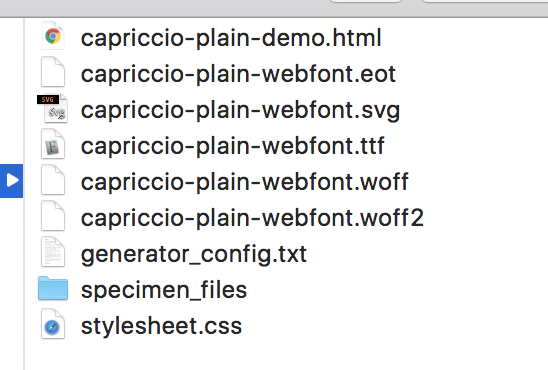


The path parameter is permitted to specify relative or absolute path information. Using fs As FileStream = File.Open(path1, FileMode.Open)ĭim temp As UTF8Encoding = New UTF8Encoding(True)

Using fs As FileStream = File.Open(path1, FileMode.Open, FileAccess.Write, FileShare.None)ĭim info As Byte() = New UTF8Encoding(True).GetBytes("This is some text in the file.") ' Create a temporary file, and put some data into it.ĭim path1 As String = Path.GetTempFileName() UTF8Encoding temp = new UTF8Encoding(true) Using (FileStream fs = File.Open(path, FileMode.Open)) Using (FileStream fs = File.Open(path, FileMode.Open, FileAccess.Write, FileShare.None))īyte info = new UTF8Encoding(true).GetBytes("This is some text in the file.") While ( fs->Read( b, 0, b->Length ) > 0 )Ĭonsole::WriteLine( temp->GetString( b ) ) UTF8Encoding^ temp = gcnew UTF8Encoding( true ) Create a temporary file, and put some data into it.įileStream^ fs = File::Open( path, FileMode::Open, FileAccess::Write, FileShare::None ) Īrray^info = (gcnew UTF8Encoding( true ))->GetBytes( "This is some text in the file." ) The example then opens the file, using T:System.IO.FileMode.Open that is, if the file did not already exist, it would not be created. The following code example creates a temporary file and writes some text to it.


 0 kommentar(er)
0 kommentar(er)
